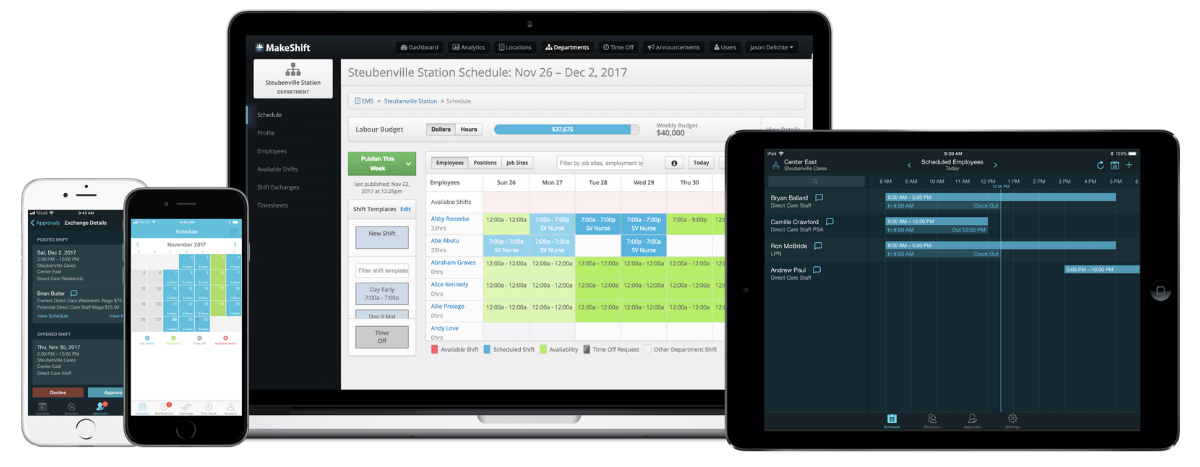It’s time to consider using AI (artificial intelligence) to fill the gap in your employee experience. What gap, you ask?
The scheduling gap — the gap that comes after recruiting, onboarding, and training. And it can mean all the difference between employee turnover and retention.
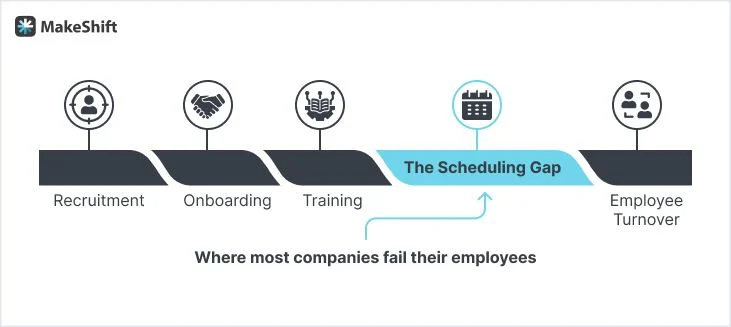
Filling this gap means giving your staff a say in their schedules while optimizing your workforce. It’s hard to manage this gap alone, but thanks to AI, you can have a payroll-free scheduling assistant to do the heavy lifting.
The best part?
It’s trained to put people first — even you!
Today, we’ll cover the rise and future of AI for staff scheduling, the problems it solves, and unveil a cutting-edge solution.
- The Rise of AI for Staff Scheduling
- How AI's Language and Graph Models Optimize Staff Scheduling
- How AI for Staff Scheduling Works
- Introducing ShiftMate AI — Your Own AI-powered Scheduling Assistant
- 5 Problems in Staff Scheduling Where AI (& ShiftMate AI) Helps
- The Benefits of Using AI for Staff Scheduling
- AI Bias in Staff Scheduling
- FAQs About AI Staff Scheduling
- A Bright Future with AI-Powered Harmony
The Rise of AI for Staff Scheduling
The use of AI for staff scheduling is on the rise. But first, let’s address Artificial
Intelligence (AI) — what it is and what it can do for Y.O.U.
AI is the simulation of human intelligence in machines. They’re programmed to think and perform tasks like humans.
AI involves computer systems that can mimic cognitive functions like:
- Learning
- Problem-solving
- Reasoning
- Decision-making
AI systems can process huge amounts of data, recognize patterns, and adapt their behavior based on new info without further programming.
This ability enables AI to perform tasks that typically require a human, leading to increased automation, efficiency, and problem-solving capabilities.
Meanwhile, you get to be a creative thought leader and handle areas that require emotional intelligence.
Keep in mind AI doesn’t replace humans.
Instead, it provides support and guidance to free you from tedious, time-consuming tasks that drain your energy and creativity.
Are YOU using AI in your business?
If not, we hate to break it to you, but you best hit a run off the end of the pier before you miss the AI boat. Because the world’s top companies are already on that boat, mingling and drinking cocktails.
- 77% of today’s businesses are using or exploring AI.
- 35% are already using AI.
- 42% are exploring AI to implement in the future.
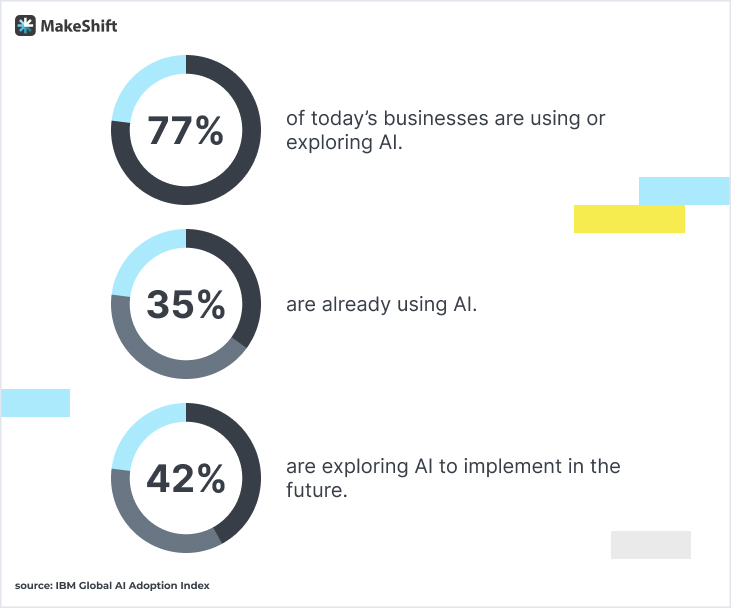
AI for Staff Scheduling
AI is being increasingly leveraged to optimize staff scheduling across various industries, thanks to AI-driven scheduling solutions powered by both Large Language Models (LLMs) and Large Graph Models (LGMs).
This advanced tech transforms traditional scheduling by using:
- Data Analytics
- Machine learning algorithms
- Natural language processing capabilities
AI-driven information sifting creates efficient schedules in seconds by analyzing historical work patterns, employee skills and preferences, and factoring in labor regulations.
How AI's Language and Graph Models Optimize Staff Scheduling
Here’s an overview of how AI creates connections in the staff scheduling process.
We’ll cover 2 important aspects:
1. Large Language Model (LLM)
Imagine a super-smart computer program that understands and uses human language really well.
That's an LLM — it's like having an ultra-knowledgeable friend who reads and understands tons of info from books, websites, and more.
This program can also write in a way that sounds just like a human.
LLMs can help with staff scheduling by reading and understanding lots of information about workers, like their skills and preferences. They can then use this info to suggest good schedules (in human speak) that keep everyone happy and work running smoothly.
2. Large Graph Model (LGM)
Think of an LGM as a computer tool great at solving puzzles involving connections.
For example, imagine a map with dots representing people and lines connecting them based on who they know or work with.
The LGM is a master at understanding these connections.
In staff scheduling, LGMs help by looking at how different workers are connected — like who works well with whom or who can cover for someone else. It uses these connections to create schedules that make sense and work well for everyone.
LLMs and LGMs are like helpful assistants who use their special skills to figure out the best ways to schedule work for a group of people.
They use information and patterns to ensure everyone’s happy and that shifts are covered.
How AI for Staff Scheduling Works
Efficient staff scheduling is a puzzle that AI technology solves. AI transforms the process into a well-choreographed workflow by analyzing historical data, adapting to real-time changes, and predicting future needs.
Let's explore the functions AI uses to bring harmony to staff schedules — here’s how AI works for staff scheduling.
1. Data Collection and Analysis
AI begins by compiling past scheduling data. It closely examines factors like employee availability, preferences, and skills.
For instance, a retail store might unveil patterns of higher customer footfall on specific days. AI can predict this and allocate more staff during those periods.
2. Automated Scheduling
Once AI deciphers patterns, it becomes a highly skilled scheduler. Imagine a construction team composed of workers with diverse skill sets. AI ensures each project schedules the right individuals with the necessary abilities.
Let’s take another example, this time in the healthcare setting. AI can orchestrate schedules, ensuring experienced nurses are assigned to demanding shifts for optimal patient care.
3. Real-Time Adaptation
Life doesn't always go as planned, but AI stays flexible. When a sudden influx of guests occurs at a hotel, AI can swiftly schedule additional staff to manage unforeseen demands, maintaining smooth operations even during unexpected events.
This keeps everything running smoothly, even when unexpected events pop up.
4. Predictive Insights
AI also knows how to predict the future – not in a crystal ball way, but by analyzing what happened before.
If a restaurant got slammed with more customers than usual during a holiday last year, AI can predict that it might be busy again this year. So, it proactively plans and ensures there are enough servers and cooks.
This curbs long wait times for customers and keeps your restaurant running smoothly.
Introducing ShiftMate AI — Your Own AI-powered Scheduling Platform
MakeShift was born from the gap in employee experience that many businesses overlook. It started with people-first scheduling software that reduced the time to create a schedule by 50% and the time to fill a shift by 83%.
But now, thanks to the latest tech developments, we’re using AI to elevate staff scheduling.
Today’s businesses need to do more with less, and your employees are at the forefront of that.
It’s time to put people first by revolutionizing how you manage your workforce.
MakeShift’s ShiftMate AI brings brand new features to the staff scheduling world, like:
- Real-time assistance
- Automated scheduling
- Future forecasting
- Employee well-being monitoring
- Effortless scheduling requests
When building our AI-powered scheduling platform, we focused on making scheduling easier and faster without losing the human touch.
✶Important Note✶ ShiftMate AI (or any AI platform) doesn’t replace human decision-making. It’s a platform to provide recommendations and support based on extensive data, training, and programming.
We analyzed the top staff scheduling problems and designed ShiftMate AI to solve them. We’re excited to launch our rollout of features in 2024.
5 Employee Pains in Staff Scheduling That AI (& ShiftMate AI) is Solving
Using AI for staff scheduling gives you an automated solution to filter through all employee information for you. Info like when they can work and what they're good at.
The platform then helps you create schedules that make everyone happy and optimize your workforce so you don’t have to waste brainpower trying to get it right.
AI solves many of the problems associated with staff scheduling, leaving you with a more streamlined workflow.
1. “Unexpected events cause disruptions to our schedules.”
Managing unexpected events, like employee absences or changes in demand, causes schedule disruptions. This can leave managers scrambling to fill open shifts.
Failing to fill those shifts means understaffed shifts, added stress on employees, and a disappointing customer experience.
How AI Helps Manage Schedule Disruptions
AI can help with real-time adjustments, allowing you to adapt on the fly and maintain smooth operations.
SmartSupport provides AI-powered 24/7 support ready to provide scheduling help on-demand. You’ll get:
- Real-time responses to your questions
- Step-by-step instructions
- Scheduling tips
It's the support you need WHEN you need it.
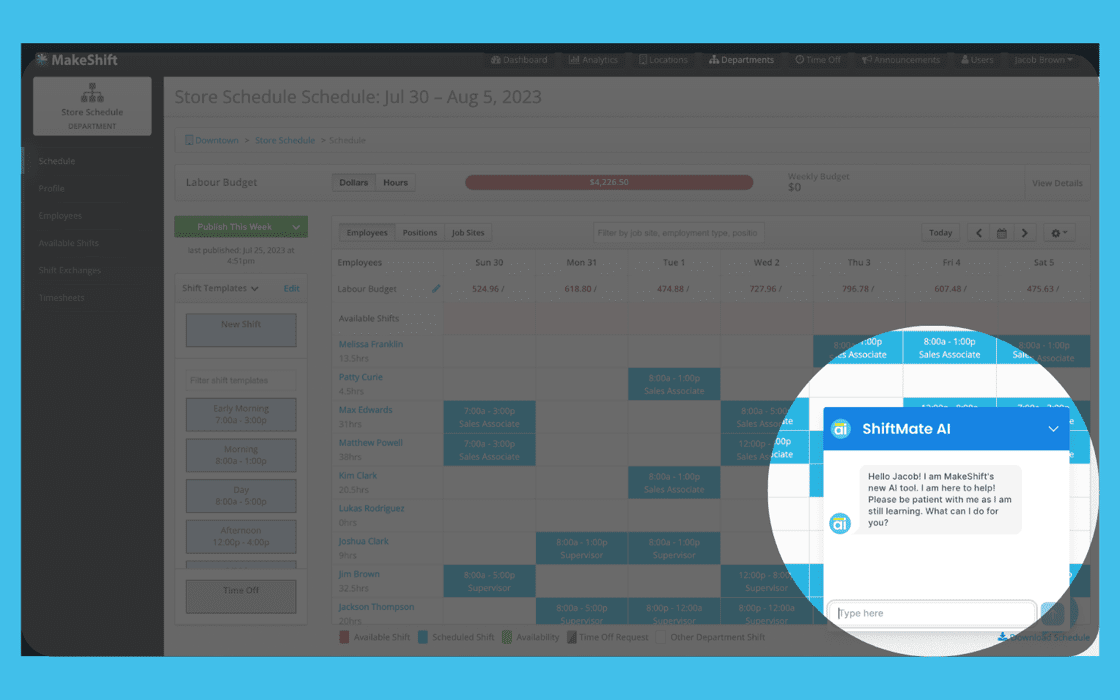
2. “I'm spending too much time manually considering factors like employee availability, skills, and preferences when creating schedules.”
Manual scheduling is time-consuming and can lead to inefficiencies in staff allocation — mistakes are bound to happen. Many managers spend hours arranging schedules instead of focusing on strategic planning or addressing critical operational issues.
Also, employees who feel their preferences and availability aren't respected might become dissatisfied and demotivated, leading to decreased morale, lower job satisfaction, and higher turnover rates.
How AI Can Manage These Factors Automatically
AI can process these factors in a flash and offer guidance to help you create more accurate schedules in a fraction of the time.
SmartScheduler (phased rollout 2024) uses advanced LLMs and LGMs to help automate your scheduling. It factors in employee availability, skill sets, your business needs, and legal requirements. Then gives you recommendations and support for creating your staff schedule.
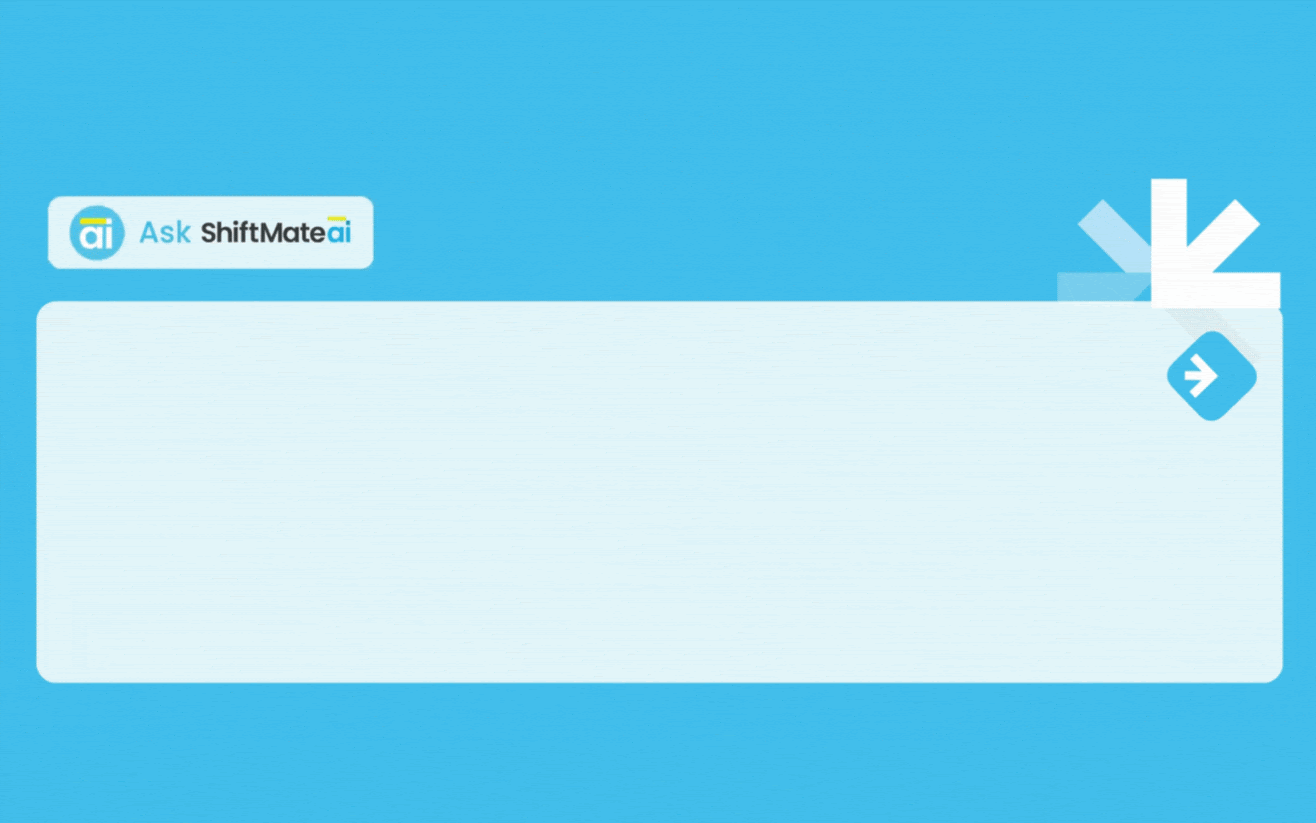
3. “It’s tricky to predict future workload accurately.”
If you fail to predict demand accurately, your business can quickly become either:
1. Understaffed leads to a frustrating customer experience, overworked employees, and, ultimately, fewer sales.
Or…
2. Overstaffed — leads to wasted labor costs and disengaged employees that’ll likely have to be sent home early with smaller paychecks than expected.
How AI Can Predict Future Workloads
AI can analyze historical data and other factors to give recommendations for more accurate demand forecasts so you can proactively plan your workforce.
ShiftPredict powered by Ikigai Labs (phased rollout 2024) is an advanced feature that anticipates your future staffing needs. By analyzing historical data, it identifies patterns in key performance indicators like patient volume in healthcare, retail customer footfall, hospitality occupancy rates, and more.
ShiftPredict powered by Ikigai Labs helps you plan future schedules with the optimal number of staff, enhancing efficiency and reducing costs.
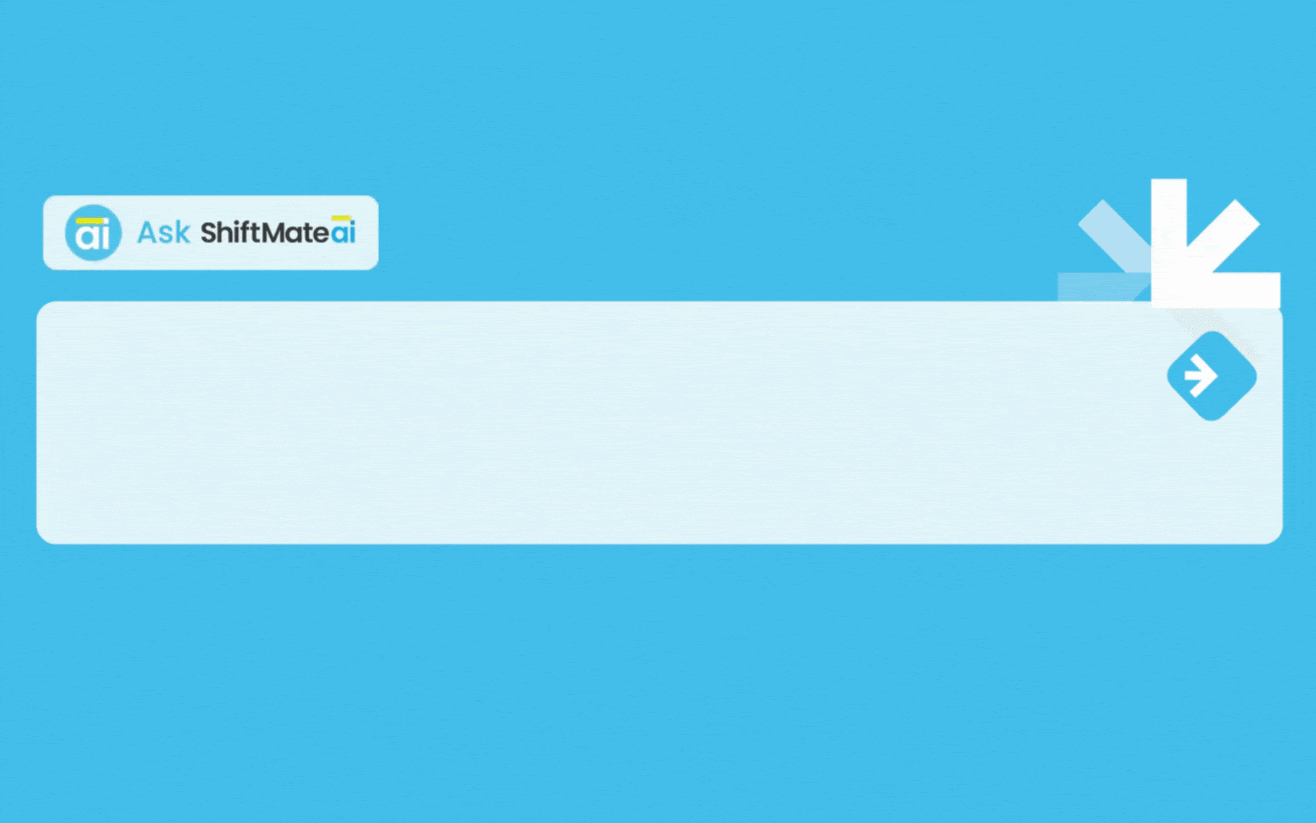
4. “Handling employee preferences and requests while creating schedules is time-consuming.”
Accommodating every employee with your schedule feels nearly impossible. It’s much easier as a scheduler to deprioritize the preferences and requests of employees in exchange for efficiency.
But as you likely noticed from your employees, ignoring their requests has costly consequences to your employee experience.
How AI Helps Oblige Employee Preferences
With AI, your employees can quickly request preferences or time off, leading to higher employee satisfaction and less time managing schedules for you.
SmartRequests (phased rollout 2024) uses AI and advanced Natural Language Processing (NLP) to understand and respond to scheduling requests made in human speak.
Your employees can request time off, swap shifts, or ask about their schedule through interactions with Smart Requests as they would with a human.
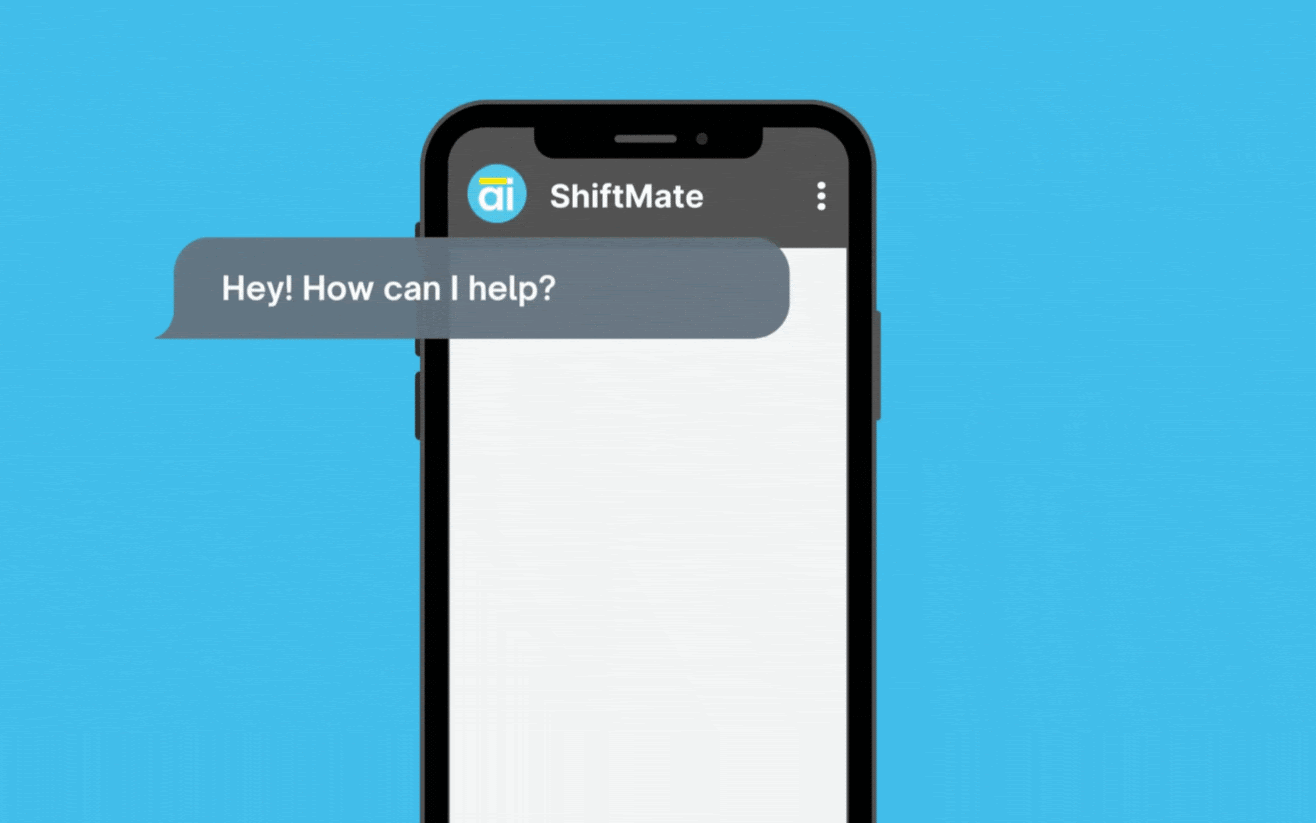
5. “I need more insights to make better decisions for our workforce.”
Without the right insights, there are bound to be unexpected costs caused by:
- Compliance issues
- Burnout and stress
- Employee dissatisfaction
- Employee disengagement
- Employee perception of inequity
In addition to the effects this will have on your customer experience, it’ll also show up in high employee turnover and difficulty recruiting.
How AI Helps Put People First
AI gives you intelligent insights by looking at all available workforce info. It identifies patterns and trends to support your decision-making about scheduling and managing your team.
ShiftInsights (phased rollout 2024) promotes employee well-being and optimizes your scheduling process. Shift Insights monitors real-time data to identify when employees are at risk of burnout and will suggest proactive schedule adjustments.
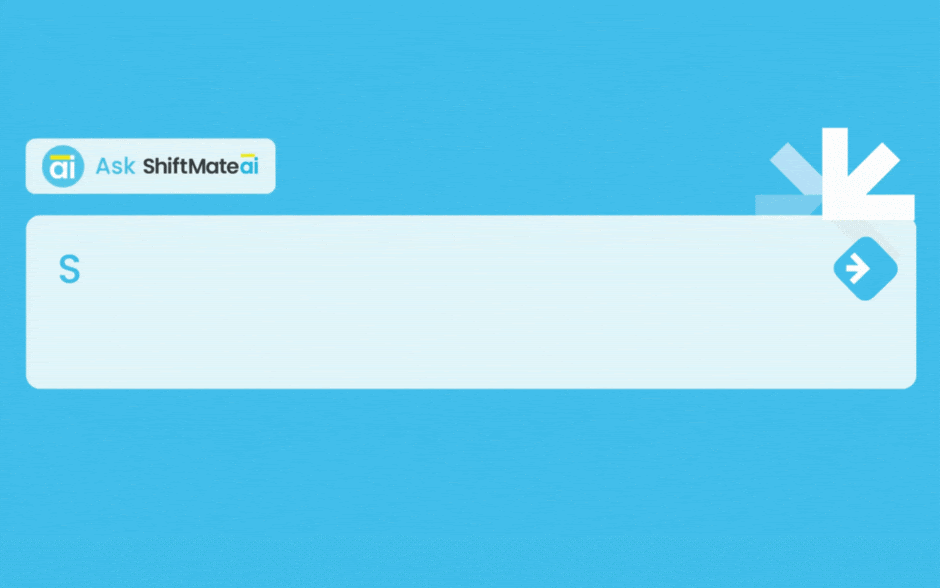
The Benefits of Using AI for Staff Scheduling
Using AI for staff scheduling can enhance your company culture. It's like having a smarty-pants helper that offers schedule suggestions that mesh well for managers and employees.
This makes everyone happier and more organized, creating a positive company culture where fairness and efficiency shine like freshly polished shoes.
Manager Benefits
Using AI for staff scheduling saves you significant time and helps you prioritize where to spend your work time.
Instead of spending hours figuring out who should work when, the AI does it automatically. This frees up time for you to focus on other important tasks and helps ensure accurate staff schedules.
AI also helps allocate resources wisely by creating schedules that best use everyone's skills and availability.
Employee Benefits
Imagine having schedules that fit well with your personal life as an employee. AI helps create predictable schedules, so employees know when they'll be working and when they'll have time for other things.
This makes it easier to plan things like family time or hobbies.
In addition, AI considers what employees like and are good at when making schedule suggestions, which can make work more enjoyable.
And since the AI keeps track of how much everyone’s working, it helps prevent excessive overtime, which can lead to burnout and stress. All these things combined make employees happier and more satisfied with their jobs.
Using AI for staff scheduling leads to more efficient operations, better work-life balance, and happier teams overall.
A Warning About AI Bias in Staff Scheduling
While AI can reduce bias in decision-making, it’s not entirely bias-free. Because AI programs are designed to identify patterns and learn from them, it’s vital to have an internal process for observing bias in your AI staff scheduling.
For example, women shift workers may say no to night shifts because they don’t feel safe. Or, a single mom shift worker may drop more shifts because of daycare fluctuations.
As a result, AI could optimize them out of getting enough shifts because it deems them unreliable. Another reminder here — AI can’t replace human empathy and understanding.
We all remember the infamous Amazon tool that developed a bias toward women applicants.
So, yes, AI can revolutionize your staff scheduling process. However, you’ll still need humans involved because today’s machine learning lacks the emotional intelligence to consider the “people factor” along with data.
Frequently Asked Questions About AI Staff Scheduling
How can AI help with scheduling?
AI makes scheduling easier by looking at previous patterns of work. It uses this info to create schedules that fit everyone's needs and follow the rules. For example, AI can schedule more workers if foot traffic is heavier on weekends.
How is AI used in workforce management?
AI is like a smart helper for managing workers. It looks at things like when people can work, what they're good at, and past trends. Then, it makes schedules that make sense and can even adapt when things change suddenly.
How can artificial intelligence be used as a scheduling tool?
Think of AI as a tool that organizes work schedules. It studies what happened before, like busy times or worker skills, and uses this to make schedules that work well. AI can adjust the schedule quickly if there's a surprise like someone getting sick.
How does AI-powered employee scheduling work?
Imagine a puzzle solver — AI studies past schedules to understand who can work when and what's usually busy. Then, it fits all the pieces together to create balanced schedules. It can even guess what's coming, like busy days, to plan ahead. This helps everyone work smoothly and happily.
A Bright, People-First Future with AI-Powered Harmony
AI's remarkable role in revolutionizing staff scheduling is on the rise. From decoding past patterns to choreographing real-time adjustments and predicting the future, AI can streamline your organization.
AI transforms a once chaotic, clunky scheduling process into a harmonious symphony with every keystroke and algorithm.
Ready to utilize AI to make your staff scheduling smarter? With MakeShift’s ShiftMate AI, tedious, time-consuming scheduling can be a thing of the past.
Schedule a free demo today to see how AI can improve your staff scheduling.




